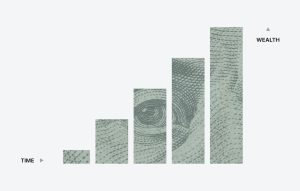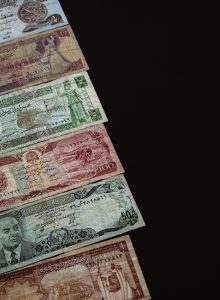Forex trading is one of the most popular forms of online trading. The forex market is the largest financial market in the world, with a daily trading volume of over $5 trillion. The forex market is decentralized, meaning that it operates 24 hours a day, five days a week, and is not controlled by any central authority.
Banks are one of the biggest players in the forex market. Banks trade forex on behalf of their clients, and also for their own account. Bank trading forex can be recognized by certain characteristics that are unique to their trading activity. In this article, we will discuss how to recognize bank trading forex.
1. High volume trading
Banks are one of the biggest players in the forex market, and as such, they trade in high volumes. Bank trading forex involves buying and selling large amounts of currency pairs. This is because banks trade on behalf of their clients, and they need to execute large orders to meet their clients’ needs.
High volume trading is one of the most significant indicators of bank trading forex. When you see large volume spikes in the forex market, it is likely that banks are involved in the trading activity.
2. Tight bid-ask spreads
Bid-ask spreads are the difference between the bid price and the ask price of a currency pair. The bid price is the price that buyers are willing to pay for a currency pair, while the ask price is the price that sellers are willing to accept.
Banks have access to a vast network of liquidity providers, which allows them to execute trades at tight bid-ask spreads. Tight bid-ask spreads are a sign of bank trading forex, as only banks and other financial institutions have access to this level of liquidity.
3. Trading during the interbank market hours
The interbank market is the market where banks and other financial institutions trade with each other. The interbank market is open 24 hours a day, five days a week, and is the primary market for forex trading.
Banks are active in the interbank market during the trading hours, which are usually between 7:00 am and 6:00 pm GMT. If you notice a significant increase in trading activity during these hours, it is likely that banks are involved in the trading activity.
4. Large price movements during news releases
Banks have access to a vast amount of information and resources that allow them to analyze the forex market and make informed trading decisions. They also have access to news releases and economic data releases before the general public.
When important news releases are announced, banks can take advantage of this information and execute large trades, which can cause significant price movements in the forex market. If you notice large price movements during news releases, it is likely that banks are involved in the trading activity.
5. Professional trading platforms
Banks use professional trading platforms that are designed specifically for forex trading. These platforms are sophisticated and offer a range of tools and features that are not available to retail traders.
If you notice a trading platform that is not commonly used by retail traders, it is likely that banks are involved in the trading activity. Examples of professional trading platforms include Bloomberg Terminal, Reuters Eikon, and the Currenex platform.
In conclusion, bank trading forex can be recognized by high volume trading, tight bid-ask spreads, trading during the interbank market hours, large price movements during news releases, and the use of professional trading platforms. By understanding these characteristics, you can better recognize when banks are involved in the forex market and take advantage of their trading activity.





